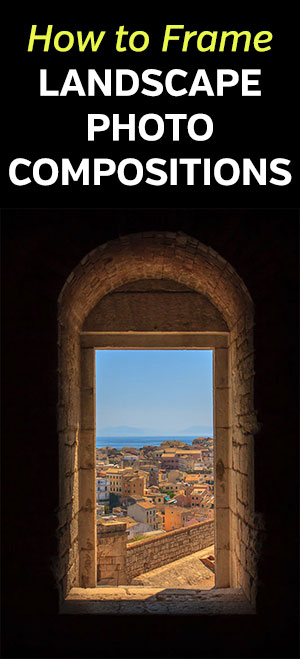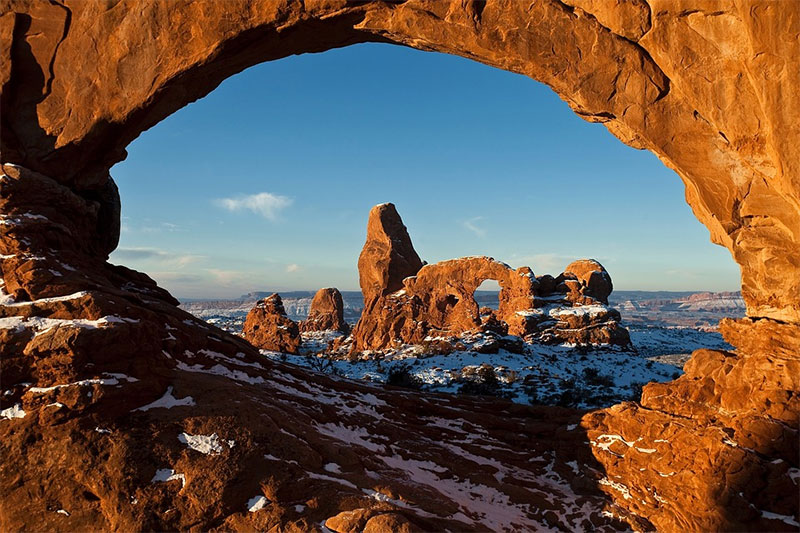
Photo by skeeze / CC0
Composition is one of the most important elements of the photographic art. In order to give your images real impact, you must frame them carefully, and ensure that the right elements are inside the frame. It’s an art that can take a lifetime to learn – but the only place to get started is at the beginning. These tips will give you a foundation in framing, elevating your photographs instantly and helping you to embark on the journey to mastery.
→ Related reading: Helpful Composition Rules for Landscape Photography
Creating a Frame
Composition includes all elements that are seen in the photograph, whether foreground or background, and whether contained in the frame, cut off, or used as a border. The terms border and frame are often interchangeable, at least in the sense of something being around the outer edges of a photograph.
Usually, the bottom edge of the photograph contains the ground. Of course, there are lots of ways in which this rule can be broken, but in normal circumstances that will be your starting point.
This still leaves three sides of the photograph which you can consider in many ways. Leaving them open, without a visual frame inside the photograph, is certainly one option. This can create a feeling of space, and freedom, in many cases. It can also leave the photograph undefined, however, and can mean that the eye of the viewer wanders aimlessly. In case where you want to make a certain point, direct their eye to a certain place, or create a different feeling, a frame can help.
There are different ways to use a frame, also. Your frame does not have to cover all four edges of the photograph – and it does not have to be the same thing that frames all sides. A clear example of this would be to frame a photograph with the juxtaposition of the natural and man-made world. A tree growing at one side of the image, and a brick wall at the other, will give a strong context to whatever you photograph in the middle of the image. This composition could include the branches of the tree at the top of the image to box it all in, or leave the sky open to create an impression of height.
When you are taking an image, if you are not yet used to framing, it helps to steady yourself and simply glance around. What is on the far left? What is on the far right? You can change the angle of the camera or the position in which you stand to create your frame. Don’t be afraid to walk around and consider your landscape from different viewpoints, rather than taking the shot as soon as you see it.
When you come to the point of creating your frame, it’s important to place your camera very carefully. This is easier with a tripod. If you are holding the camera in your hands, try to steady yourself with your elbows tucked in against your body. This will reduce the chances of the camera shaking as you press the trigger and moving your frame.
If you are struggling with this, you can consider taking a step back or zooming out. When you get your photograph uploaded to your computer, you can always crop it down to a better frame.
Natural Frames

Photo by Marc Andre
What kind of things can you use from the natural world to frame your image? Trees are a very obvious example, because they have both height and breadth – creating the exact kind of shape you need to cover both the side and the top of an image.
You can also use trees that form natural archways as an easy way to frame your landscape. You may have to change your angle if the trees are tall: make yourself as tall as possible so that you can shoot downwards, capturing both the landscape and the top of the arch in the same image.
Trees are not the only natural formation you can use. Tall rocks are great for the side of your frame, and you can even use rocky outcrops to form a frame along the bottom of your image. Hills and cliffs can be fantastic for framing the sides of your image as well.
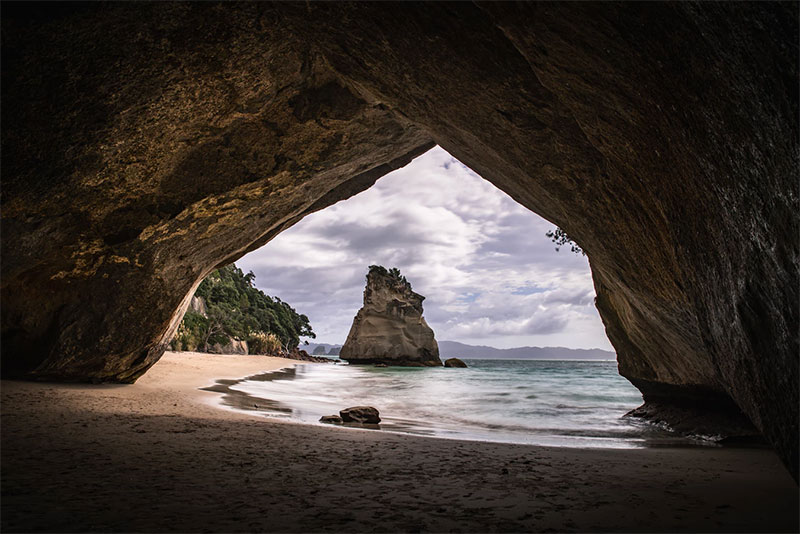
Photo by Casey Horner / CC0
Whatever you can see that is either tall, wide and low, or wide and high, can be used as a frame. You can even look through things – get close to a tree and shoot through the branches, so that they form a twisted frame along all sides.
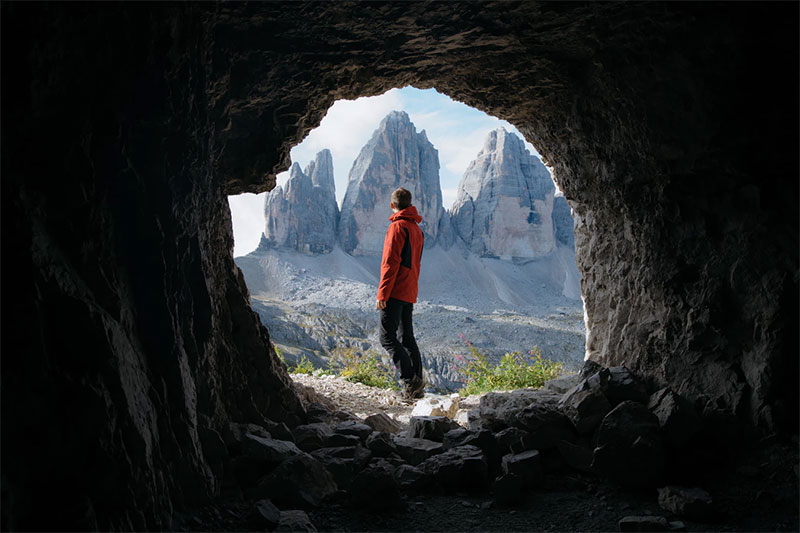
Photo by Simon Migaj / CC0
Natural frames are a great way to really get into a landscape and create a sense of depth. If there are no man-made objects in frame, they can also create a sense of wildness and majesty.
Man-made Frames
You can also use man-made items as frames for your landscapes, giving a very different feel and story indeed to your photographs. A window or archway is usually the perfect option, as you can look through them in order to photograph a landscape that lies beyond.

Photo by Dawid Zawila / CC0
Don’t feel limited by this idea, however. You can also use walls, poles, posts, and fences as frames to the side. Road signs, any part of a building, and even vehicles can make great frames. Even in areas which have been dedicated to nature, you can often find signs, a visitor’s centre, a car parking area, and so on which contain man-made elements for you to use. Then there are people themselves, who can stand in strategic places!
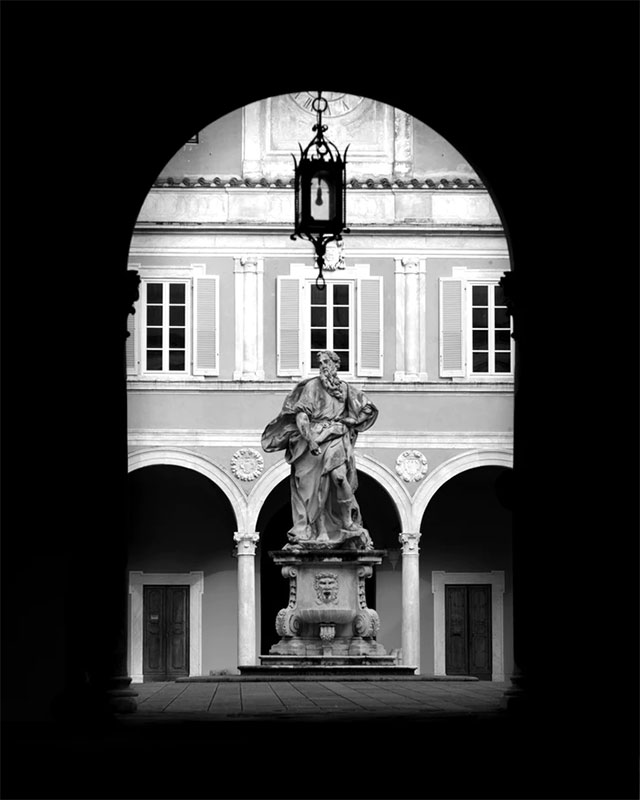
Photo by Georgi Nikolov / CC0
A man-made frame gives us the story of man versus nature, and can make a point about our impact on the landscape. A crumbling, ruined castle window could tell of the longevity of nature, and the impermanence of man. A tower block window can tell of our dominance of the landscape, and the loss of natural habitats.

Photo by Paul Hermann / CC0
Choose your frame carefully, and you can tell any story you like. This is a great way to change the meaning of your photograph, or give it a more interesting aspect for viewers to admire.
